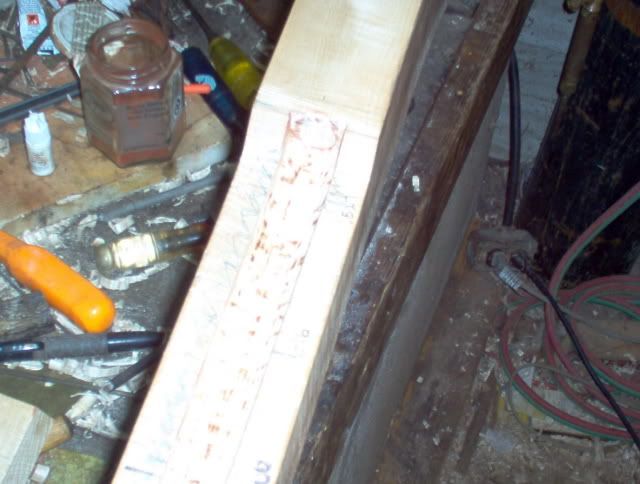I have to agree with Keith about using Glass to bed actions. It is Not Historically correct- because they didn't have it back then! However, its not unusual to find 19th century guns where paper, or cloth has been used, with varnish, or Shellac, to bed stocks. I have read, and therefore have no reason to believe otherwise, that this kind of bedding was used earlier- but Not being a Curator of a museum, with a collection of 17th and 18th century guns to examine, I simply can only say that is what I have read and heard from others far more knowledgeable about antique firearms.
Its next to Impossible To get Curators to take a barrel out of a stock from their collection to allow an inspection of the barrel and tang mortise work. Many are Historians, with little to no knowledge about guns, on how to take them apart.

:shocked2:
As to the rear of the tang, you can either leave a small gap= usually beveling the wood immediately behind the tang to hide the gap, undercutting the wood. OR, you can bevel( Relieve) the underside of the rear of the tang, so that any force applied to the tang wants to angle upward, against the tang bolt, rather than push back squarely against the stock.
If you relieve the tang at the rear, it helps in removing the tang from its mortise, if you need to take the tang out of the stock for any reason.
Relieving the rear of the tang and then putting a similar angle to the tang mortise, aids in getting that "tight"-appearing fit of the tang to wood that we all love to see. You file The excess wood, and metal together to the final dimensions, and in doing so, get that fine fit between the two. If you leave the wall of the tang at right angles, instead, you may NOT have an equally straight wall in the stock, and the more wood filed, the bigger a gap appears. Grrr.







